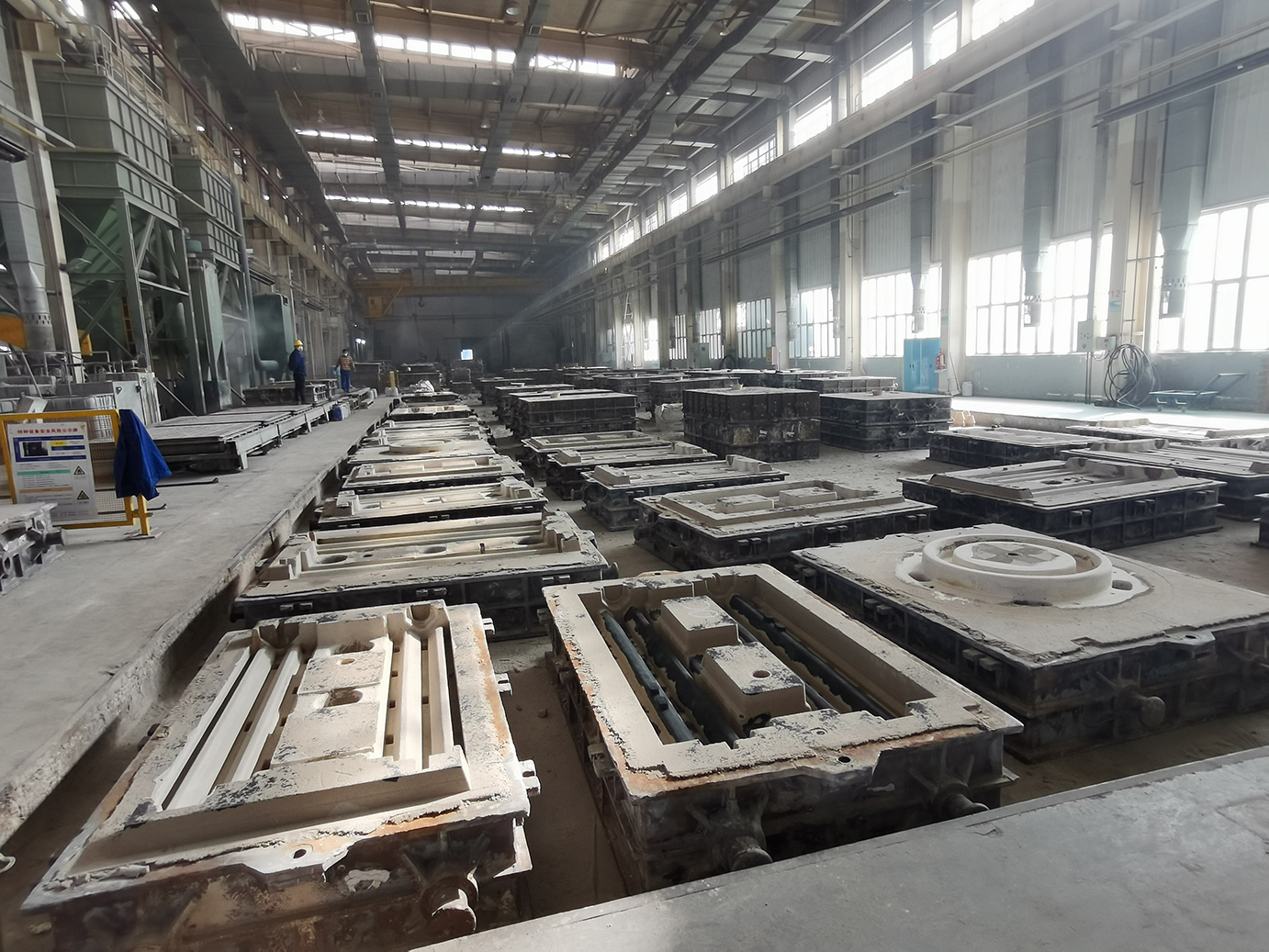டிசம்பர் . 07, 2024 07:50 Back to list
cast iron and ductile iron
Cast Iron and Ductile Iron A Comparison of Two Versatile Materials
Cast iron and ductile iron are two important materials in the manufacturing industry, renowned for their strength, durability, and versatility. While they share some similarities, they also have distinct differences that make them suitable for various applications. This article seeks to explore the characteristics, properties, advantages, and uses of both cast iron and ductile iron.
Understanding Cast Iron
Cast iron is an iron-carbon alloy with a carbon content greater than 2%. It is produced by melting iron with carbon and other alloying elements, followed by pouring it into molds to form various shapes. This metal is known for its excellent casting qualities, making it ideal for producing intricate components. Cast iron can be classified into several types, including gray cast iron, white cast iron, malleable cast iron, and nodular cast iron, each with unique properties.
Gray cast iron, for example, is characterized by its good machinability and wear resistance, attributed to its flake graphite microstructure. This type of cast iron is commonly used in engine blocks, machine bases, and pipes. White cast iron, with its high hardness, is utilized for wear-resistant applications, while malleable cast iron, which is treated to improve ductility, is used in the production of intricate shapes.
The Evolution of Ductile Iron
Ductile iron, also known as nodular or spheroidal graphite iron, was developed in the 1940s as an alternative to traditional cast iron. Unlike gray cast iron, which has a flaky graphite structure, ductile iron has a spheroidal (nodular) form of graphite. This unique microstructure enhances the material's ductility and toughness, making it less brittle and more resilient under strain.
The manufacturing process for ductile iron involves adding small amounts of magnesium to the molten iron before casting. This addition alters the transformation of graphite during solidification, resulting in its beneficial nodular shape. The resulting material exhibits superior tensile strength, impact resistance, and ductility. These properties make ductile iron an excellent choice for applications where shock and vibration resistance are critical.
cast iron and ductile iron

Comparative Properties
When comparing cast iron and ductile iron, several key differences emerge. One of the primary advantages of ductile iron is its tensile strength, which can be significantly higher than that of gray cast iron. While gray cast iron typically exhibits a tensile strength of around 200-300 MPa, ductile iron can achieve strengths exceeding 600 MPa, making it suitable for heavy-duty applications.
In terms of ductility, ductile iron outperforms traditional cast iron, offering elongation up to 25% compared to the less than 2% elongation seen in many cast iron types. This flexibility allows ductile iron components to withstand higher stress without fracturing.
Applications and Use Cases
Both materials find applications in a variety of industries. Cast iron is often used in the construction of heavy machinery, automotive parts, and cookware due to its ease of casting and ability to withstand high temperatures. Ductile iron, on the other hand, is favored in infrastructure projects, such as water pipes, sewage systems, and structural components, where strength and corrosion resistance are essential.
Additionally, ductile iron's superior fatigue resistance makes it ideal for manufacturing gears, crankshafts, and other mechanical components subjected to repeated stresses.
Conclusion
In conclusion, while cast iron and ductile iron share a common foundation as iron-carbon alloys, their distinct properties and characteristics suit them for different applications. Cast iron excels in scenarios where good wear resistance and excellent machinability are required, while ductile iron's impressive tensile strength and ductility make it a preferred choice for demanding structural and mechanical applications. Understanding these differences is vital for engineers and manufacturers when selecting materials for specific applications, ensuring optimal performance and longevity in the finished products.
-
A-Rated Cast Aluminum Boilers: High-Efficiency Condensing Gas & LPG
NewsAug.26,2025
-
OEM Cast Silicon Aluminum Alloy Heat Exchanger | Custom & High Performance
NewsAug.25,2025
-
Centrifugally Cast Iron Water Main Pipe | Ductile Iron Solutions
NewsAug.24,2025
-
Durable Cast Steel Concrete Pipe Mold Bottom Rings & Base Trays
NewsAug.23,2025
-
Centrifugally Cast Iron Water Main Pipe for Reliable Mains
NewsAug.22,2025
-
Durable Centrifugally Cast Iron Water Main Pipe
NewsAug.11,2025


